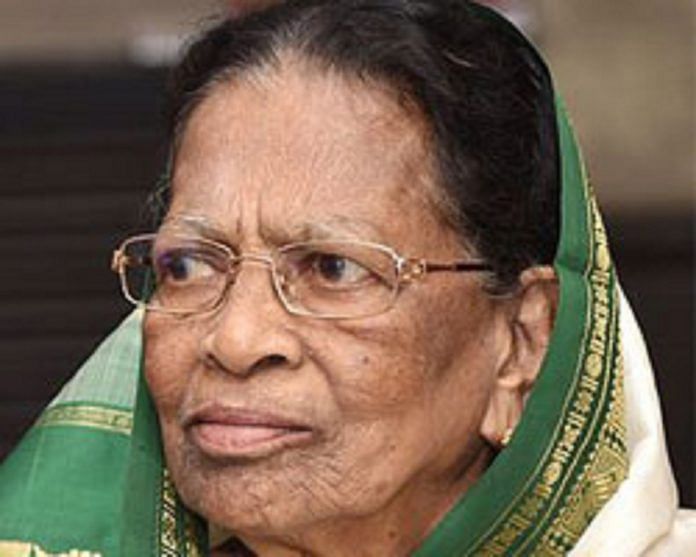Seven high courts have no women judges at all, while four high courts and the Supreme Court itself have just one woman judge each. Sikkim and Delhi lead the way.
New Delhi: While the Supreme Court Thursday drew praise from feminists for upholding Hadiya’s marriage to Shafin Jahan, the skewed gender composition of the Indian judiciary itself continues to be a reason for worry. No more than 12 per cent of the total strength of judges in the Supreme Court and high courts are women.
According to data released by the government, seven high courts across the country — Chhattisgarh, Himachal Pradesh, Jammu and Kashmir, Manipur, Meghalaya, Tripura and Uttarakhand — have absolutely no female representation. Four high courts and the Supreme Court have only one woman judge each.
While Sikkim is the state with the highest percentage of women judges at 33 per cent, the Delhi High Court has 11 women judges (27 per cent).
While the Supreme Court has often come up with progressive and gender-just rulings in cases pertaining to women, as in the Hadiya case, its track record with regard to women judges has been rather abysmal. Since 1989, when the first woman judge – Justice Fathima Beevi – was appointed to the Supreme Court, only six other women have made it to the apex court.
More than mere statistics
These numbers should not be looked at as plain statistics, argues feminist lawyer Rebecca John.
“When there are so few women in the judiciary, it becomes difficult for them to hold themselves around this overwhelming number of men. And because the men so rarely see women in positions of authority, they are utterly misogynistic towards them,” she argues, adding that it is routine for women to hear sexist comments, calling them the “petticoat brigade” etc., in courts.
According to retired Chief Justice of Chhattisgarh High Court Yatindra Singh, the skewed ratio is a result of fewer women practising law. “Around the world, law is a male dominated profession. That’s the case in India too,” he says.
However, John believes things have been changing as far as women lawyers are concerned. Hence, it is inexplicable that women are not considered for elevation to the high courts and the Supreme Court. “We intrinsically back down from giving women power,” she says.
In the lower judiciary too, the situation is only marginally better. According to a study released by the Vidhi Centre for Legal Policy last month, women comprise less than 28 per cent of lower court judges nationwide – with Bihar and Jharkhand being the worst-performing states with the number dropping under 14 per cent.







Maharashtra, which has a long history of being socially progressive, has not had either a woman CM or CS so far.